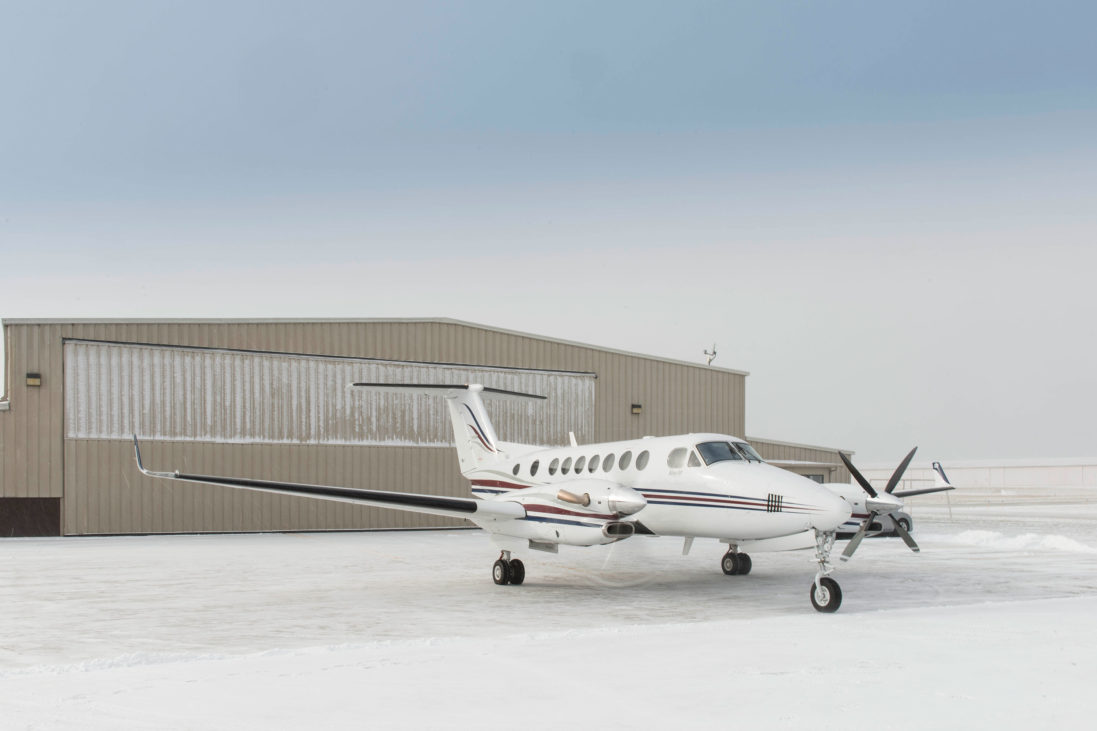
Nov. 14, 2023
As anyone who flies in winter weather knows, colder conditions bring a range of special challenges. Issues like ice build-up on wings, slick or contaminated runways and obscured airport markings and signage require knowledge and preparation beyond what’s needed in warmer conditions.
“Where I do most of my flying – the Western U.S. – winter is no joke,” said Melanie Hight Viau, a charter captain who flies a Cirrus Vision Jet for OpenAir, where she also provides training for new company pilots.
“Understanding and preparing for cold-weather challenges helps me make confident decisions when conditions are changing rapidly, so I can keep my passengers, cargo and aircraft safe,” added Viau, who also co-chairs the NBAA Part 135 Subcommittee.
To help pilots meet the special challenges of operating in winter, the FAA recently conducted a From the Flight Deck Live webinar offering a wealth of expert advice on general aviation safety in winter weather – preflight, en route and post-flight. The webinar presents safety data and case studies and looks at airport operations, runway and surface safety, runway excursion avoidance and FAA research on icing.
Coming out of the webinar, pilots will have new insight into field condition reporting, runway condition codes, learning how to navigate complex taxiway and runway configurations ahead of actual flight operations and preparing themselves and their aircraft for weather conditions they expect to encounter. Just as important, they’ll understand where to look to get any additional information they need.
“The key to safety when the weather’s challenging is resources,” said Viau, who presented an account of one of her medevac flights in a winter operations case study during the first panel discussion in the webinar.
“You’ve got to use all the resources available to you – from aircraft operating manuals to the runway condition assessment matrix to resources in ForeFlight,” she said. “You’ve also got to become a resource yourself, reporting information to air traffic control, other pilots and airport operations, which can inform weather reports, influence plowing and improvements to runway conditions and potentially save lives.”
View NBAA’s Takeoff and Landing Performance Assessment resources.


 International Business Aviation Council Ltd.
International Business Aviation Council Ltd.